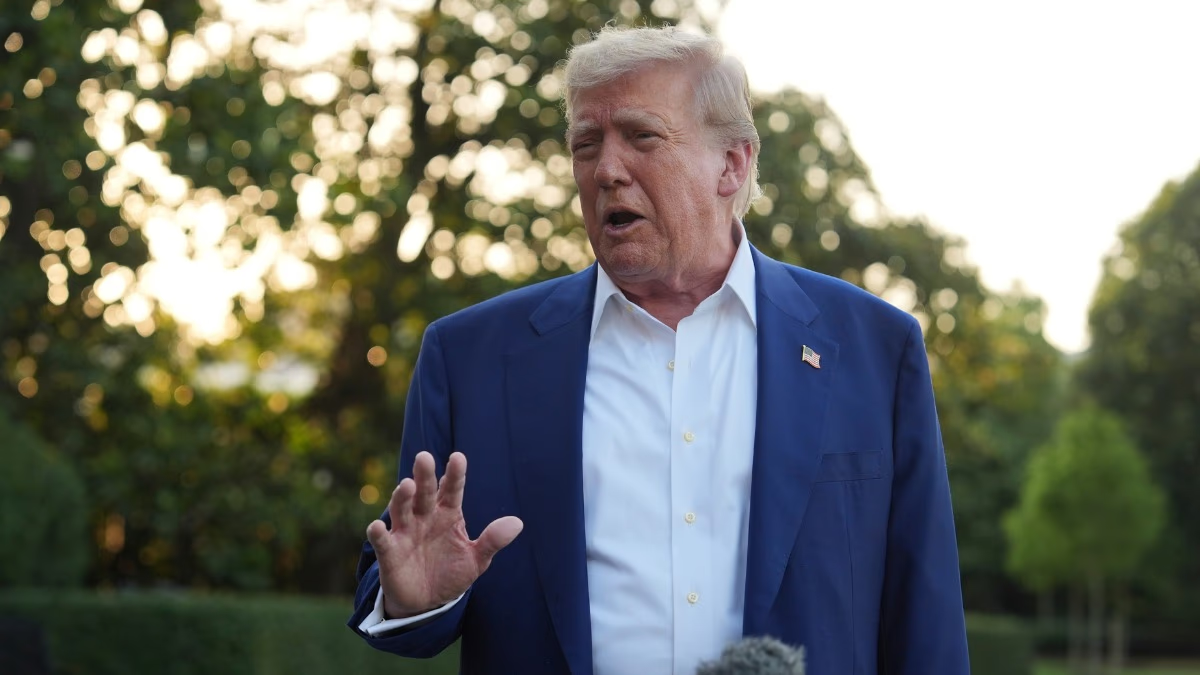Within the White House lies a pivotal place where the President keeps a keen eye on global activities. This is the Situation Room, a vast underground command center beneath the West Wing, receiving a constant flow of intelligence from around the world. In moments of terror attacks or wars, crucial decisions are swiftly made here. It was here the plan to eliminate Osama bin Laden was crafted, and it was from here that the then-President, along with top officials, received real-time updates on Operation Neptune Spear.
Though the name suggests a single room, it actually spans 5,000 square feet, complete with watch stations and conference rooms. It's a war room of sorts, where significant decisions are crafted. The need for such a facility was felt as early as 1898 during the American-Spanish War.
The Reason Behind This Secretive Corner
Later in 1961, during heightened tensions between the US and Cuba, it took shape. After a failed attempt to invade Cuba, which highlighted intelligence shortcomings, President John F. Kennedy realized the necessity for robust intelligence capabilities. This led to the creation of the Situation Room, a place to monitor global activities 24/7 and make timely decisions.

Source: aajtak
A dedicated team of about 130 personnel is stationed here, divided into specific roles to monitor various global sectors. There are five watch teams working in shifts to track global events 24/7. A travel support team ensures secure routes and intelligence for the President and other VIPs. The communication team stands apart. Officers here aren't ordinary but are selected from the army and intelligence agencies, ensuring they are sharp and extremely reliable.
What Do These Teams Do?
Regardless of where in the world major events like attacks, coups, missile launches, or natural calamities occur, this team promptly informs the top tier of the White House and reacts swiftly with appropriate actions.
The Day Begins
A typical day in the Situation Room starts with the preparation of the Morning Book. Consider it a newspaper that includes not just visible events but alerts on upcoming occurrences. This classified intelligence briefing is prepared for the President, Vice-President, and top officials. Its significance is underscored as it's delivered to the National Security Advisor's car when they leave for the White House in the morning.
This briefing determines whether the President calls a foreign leader, issues a warning, plans an operation, or decides to simply keep watch. These decisions are forged in the Situation Room.

Source: aajtak
How Secure is This Place?
The underground location within the White House ensures protection from nuclear attacks. Its walls, doors, and technology are electromagnetic interference-proof, preventing outside waves from entering or internal communications from leaking.
Significant Operations Conducted Here
The operation to eliminate Osama bin Laden was directed from here. It involved the US Navy's elite SEAL Team 6. During this 40-minute operation, American leadership received minute-by-minute updates.
The first emergency meeting post-9/11 was held here. Upon receiving alerts of the attacks, the National Security Council convened to make crucial decisions.
Strategies for the Iraq war to the Iran nuclear deal were devised here. Decisions like the US Army's withdrawal from Afghanistan after nearly two decades were made in the Situation Room.




